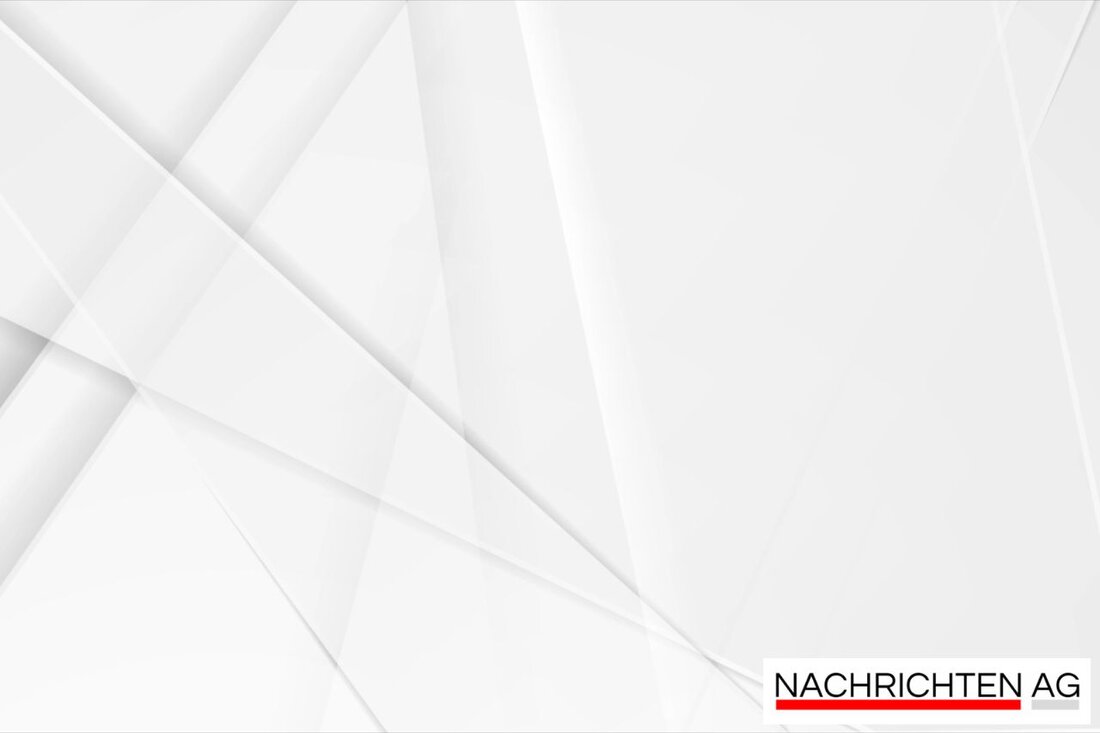Schlumberger opens new House of Sparkling in Burgenland!
Schlumberger has moved its sparkling wine production from Vienna Heiligenstadt to Burgenland and is opening the "House of Sparkling" in Müllendorf.

Schlumberger opens new House of Sparkling in Burgenland!
Schlumberger has taken a significant step in its history and relocated sparkling wine production from Vienna Heiligenstadt to Müllendorf in Burgenland. This happened with the grand opening of the new “House of Sparkling” on Tuesday. Production began at the new location in spring 2025 in order to intensify and modernize the art of sparkling wine production using the traditional method. A mid-double-digit million amount was invested, which shows that Schlumberger is fully committed to the future. The start of construction, which was originally scheduled for 2019, had to be postponed due to complaints from residents and the corona crisis until the groundbreaking finally took place in 2023, reports courier.
With an area of twelve hectares, the new location in Müllendorf not only offers space for production, but also for innovative work processes. Around three million liters of sparkling wine from the Schlumberger, Hochriegl and Goldeck brands are produced here every year. The location enables an increase in quality and efficiency, which also means that around 1,000 truck trips to the old location are no longer necessary. There are currently around 30 employees working in the new factory, with the majority having moved from Vienna to Müllendorf. A look into the future shows that Schlumberger also plans to become active as a bottler for other wine producers starting from quantities of 50,000 bottles.
Environmental awareness and modern production
Particular attention is paid to the sustainability of the new production facilities. A photovoltaic system was installed on the roof of the new building to help counteract rising energy prices. The new production rooms are equipped with the latest technology. Some machines were taken over from Vienna, while others were purchased specifically from France. To ensure the quality of the sparkling wine, the temperature in the hall is constant between 16 and 17 degrees. The lighting in the raw sparkling wine warehouse is also innovative: inspired by champagne producers, it will shine in a warm orange without any UV component.
Sparkling wine production using the Méthode Traditionnelle, which is also used at Schlumberger, involves several complex steps. Starting with the assemblage, in which the base wine is fermented either in steel tanks or in wooden barrels, a cuvée is created for bottle fermentation. This is then bottled and yeast and tirage liqueur are added. This double fermentation, which usually takes around eight weeks, ensures the sparkling sparkling wine. After at least nine months on the lees, the sparkling wine acquires its characteristic aroma and quality, explains the Schlumberger website here.
While Schlumberger is making significant progress in production as a result of this move, the non-alcoholic sparkling wine remains a project that has not been pursued further for the time being. The high costs of a possible de-alcoholization plant were determined to cost several million euros. But this move is not only a milestone for Schlumberger itself, but also a gain for the Burgenland region, which will be enriched with a modern company.

 Suche
Suche
 Mein Konto
Mein Konto